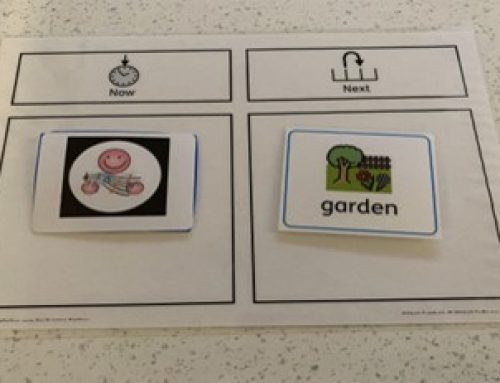What is Sensory Processing Disorder?
This blog is going to take a look at sensory processing and consider how TACPAC can help those with Sensory Processing Disorder (SPD).
What is sensory processing?
In order to function effectively in our day-to-day lives, we are dependent on our senses taking in information. They then integrate this with information from our other senses, and use that information to produce appropriate responses.
We have 8 senses; 5 of which are commonly recognised – visual, auditory, gustatory (taste), olfactory (smell), tactile and 3 which are less commonly known: proprioception, vestibular and interoception.
Proprioception refers to our sense of position and movement, so it gives us important information about where our body parts are and how they are moving. Our vestibular sense gives us information about our speed, direction of movement and balance. Put simply, it helps us to remain upright! Interoception gives us information about what is going on internally within our bodies, for example, whether we are hungry, thirsty or need the toilet.
When our senses are working together efficiently, they enable us to experience and enjoy our rich sensory world. We are all unique sensory beings who will process sensory information in subtly different ways.
A sensory walk
Now we are into October, many of us will enjoy the simple pleasure of going for an Autumn walk. As we walk, we engage our senses, often without even thinking about it. We see the vivid Autumnal reds, burnt oranges and yellows of the changing leaves or visually feast upon pumpkins and gourds with their varying shades, sizes and textures displayed in shop windows.
We hear the crunch of fallen leaves and snap of twigs underfoot, smell the comforting smell of wood smoke or enjoy the sticky taste of toffee and tart, tangy apple. If we find a shiny conker we enjoy the smooth, cold feel of it with our fingers; proprioception and vestibular senses allow us to bend down, pick it up and put it safely in our pocket without falling over.
Our interoception then tells us that we are feeling tired and we make our way home for a welcome sit down and warming cup of tea.
The efficient functioning of our sensory processing system allows us to absorb this information from the environment, pay attention to the things that particularly interest us and respond appropriately.
What is Sensory Processing Disorder (SPD)?
For an individual with Sensory Processing Disorder (SPD), the messages that they are receiving from their senses may be confused or scrambled. For example, they may experience sensory over responsiveness (too much sensory information entering the brain), or sensory under responsiveness (too little sensory information entering the brain). Because the messages they are receiving are confused, some people with SPD may then have difficulty organising their bodily movements into an appropriate response to the situation.
Sensory Processing Disorder was defined as ‘the inability to use information received through the senses in order to function smoothly in daily life’ by Carol Stock Kranowitz in The Out of Sync Child (2005). SPD is an umbrella term that encompasses many different types of sensory processing difficulties.
For someone with SPD, an Autumn walk may be a very different experience from the pleasurable one described earlier.
Sounds may be uncomfortably loud or smells unbearable. The light may be too bright or the number of different visual stimuli overwhelming. Touching a different texture could feel physically painful and an attempt to bend down and pick something up could lead to losing balance.
How can TACPAC help with Sensory Processing Disorder (SPD)?
In TACPAC, we focus on sensory alignment; that is, presenting the two sensory messages of touch and sound in an aligned way so that the receiver is given one message – what they see is what they hear is what they feel.
By presenting the 2 sensory messages (the sense of touch and the sense of music – the beat) in this aligned way, it can be easier for those with SPD to accept and process the sensory input. The use of a consistent body pattern also helps the individual with SPD accept the input as they learn to anticipate where the touch is going to be next.
TACPAC has activities with deep pressure within each Set. Deep pressure provides proprioceptive input which can be helpful for those with SPD. For more information on deep pressure, please read our blogpost on deep pressure: Deep Pressure Touch: what it is, why it works and how to use it.
We always recommend liaising with the individual’s Occupational Therapist if they have one.
Discover more about sensory processing and Sensory Processing Disorder (SPD)
Visit www.sensoryintegrationeducation.com for more information about sensory processing. There are lots of short courses available on a range of different topics, including some free introductory courses.
Find out more on a TACPAC training!
If you want to find out more about how TACPAC can benefit those with sensory processing disorder (SPD), sign up to one of our Essential trainings, which are either online or face to face: https://tacpac.co.uk/tacpac-online-training/.
Share your story!
Did you go for a sensory walk? Have you enjoyed using TACPAC to aid sensory alignment? We’d love to hear from you!
Email us to share your stories, photos and videos: info@tacpac.co.uk.




















